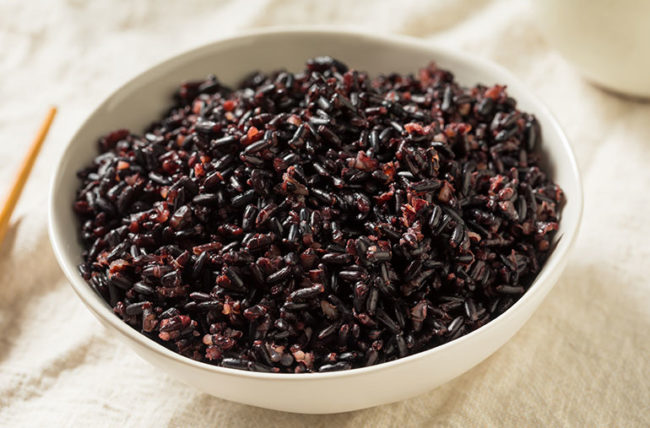‘Govt looking at developing HSN codes for certain varieties of rice’
BY PTI
The government is contemplating to develop new HSN codes for certain rice varieties to enable exports of those which are traditionally not consumed by the people in the country, a senior official said on Tuesday.
At present, all categories of non-basmati white rice are banned for exports.
ccording to a presentation of the Agricultural & Processed Food Products Export Development Authority (APEDA), they are working on separate HSN codes for GI (Geographical Indications) rice varieties like Red rice, Black rice and Kalanamak rice.
In international trade parlance, every product is categorised under an HSN code (Harmonised System of Nomenclature). It helps in the systematic classification of goods across the globe.
Rajesh Agarwal, Additional Secretary in the commerce ministry, said that non-basmati rice has about 40-50 varieties and when the government bans the export of that, all the varieties such as Sona Masuri, Govind bhog, Kalanamak, or normal white non-basmati rice get halted.
“New HSN code for some other varieties of rice is something which is the demand of the industry…So how do we differentiate, that is the debate we are having internally.
“We are trying to see whether is there a merit in doing so because as a country on one hand we will not like to impose bans on rice, which we are not worried too much about, but at the same time, we need to see that there is enough incentives for farmers to keep on producing the normal varieties of rice also which is the core staple diet of the country,” he told reporters here.
Agarwal said there is a need to balance this and this is a decision which the ministry will take after a detailed stakeholder consultation.
At present, there are six HSN codes for non-basmati rice and one for basmati rice.
The Red Sea crisis may have an impact on India’s rice exports this year.
“In 2022-23, 22 million tones of rice we exported, this year we will not be exporting…5-6 million less than that. Non-basmati, we are not exporting, because we do not know whether there will be an exportable surplus or not,” he said.
Due to restrictions on exports of rice, sugar, and wheat, agri-exports may fall by 9 per cent.
Talking about initiatives taken by APEDA to promote exports, he said their initiative has led to expanding the agri commodity export basket and export destinations.
India has started exports of commodities like water chestnut and Makhana (fox nut).
“It gives a lot of resilience to agri sector,” the additional secretary said.
According to a report of the economic think tank GTRI, India’s agri-export basket is dependent on just five commodities, including rice and sugar and this makes the sector vulnerable to fluctuations in global prices and demand.
The Global Trade Research Initiative (GTRI) said these five products — basmati rice, non-basmati rice, sugar, spices, and oil meals — account for 51.5 per cent of India’s total agriculture exports.
On organic products, he said that they are revamping the guidelines for the National Programme for Organic Production (NPOP).
“In one month or so, we will come up with the guidelines which will be much more robust, and credible,” he added.
Talking to reporters, APEDA Chairman Abhishek Dev said that started with merely USD 0.6 billion exports in 1987-88, the export of agricultural products has reached USD 26.7 billion in 2022-23 and expanded the export basket to over 200 countries.
India now supplies fresh fruits to 111 countries, Dev said.
APEDA is planning trial shipments of mangoes, and pomegranates to the USA and the European Union through sea routes.
This article has been republished from The Business Standard.

